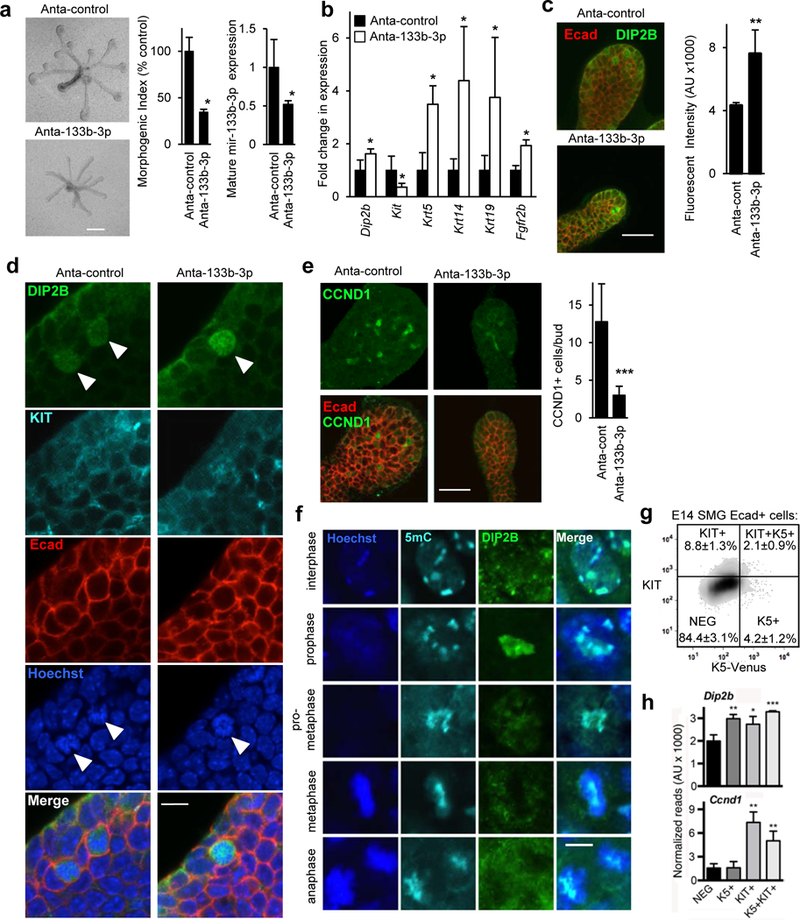Figure 4. Knockdown of miR-133b-3p reduces epithelial morphogenesis and endbud proliferation by increasing DIP2B in the nucleus of a KIT+ epithelial progenitor subpopulation.

(a) miR-133b-3p loss-of-function with an antagomir (Anta-133b-3p) decreases epithelial morphogenesis and mature miR-133b-3p expression. Morphogenic index = number of endbuds x width of endbuds x length of ducts in arbitrary units, normalized to epithelia treated with control antagomir (Anta-control). N = 3. Means ± s.e.m. (b) Anta-133b-3p increased expression of Dip2b, a predicted target gene, as well as Krt5, Krt14, Krt19, and Fgfr2b and decreased expression of Kit. Expression was normalized to Rps29 and compared to epithelia treated with Anta-control. Student’s t-test, * P < 0.05. N = 3. Means ± s.e.m. (c) Anta-133b-3p treatment increased DIP2B staining. Scale bar 50 μm. N = 3. (d) Anta-133b-3p treatment increased nuclear localization of DIP2B protein in certain KIT+ epithelial (Ecad+) endbud cells. Scale bar 10 μm. N = 3. (e) Anta-133b-3p treatment reduced endbud proliferation and the number of CCND1+ cells in the endbuds decreased. Scale bar 50 μm. N = 3. (f) DIP2B associates with methylated-cytosine (5mc) in mitotic epithelial cells during prophase. DIP2B staining condenses in the nucleus of epithelial cells in prophase and was disassociated from mitotic chromatin in other phases. DIP2B partially co-localizes with methylated-cytosine (5mc) in heterochromatin. Scale bar 5 μm. Images are 1μm optical sections. (g) E14 SMG progenitors were sorted by FACS using K5-Venus and KIT expression. Percentage values are means ± s.e.m. of each cell population; graph is a representative experiment. (h) Dip2b and Ccnd1 were detected by RNAseq (N = 3) in epithelial Ecad+ cells that express KIT with or without K5.
